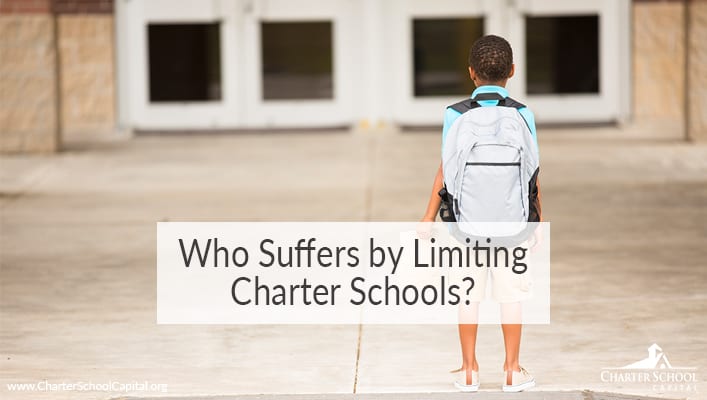
Sharing Charter School Capital’s Values
It’s the holiday season and so a very good time to reflect on the things that we value. So we thought this would be a perfect time to share with you, once again, the core values here at Charter School Capital.
At Charter School Capital, we hold each other accountable to core company values as the driving force and foundation of what we do. These values are our guiding principles as we work together to more effectively support the growth and development of our charter school partners. And, as a result, Charter School Capital is a proven catalyst for charter school growth. Since our founding, we are very proud to say that we’ve invested over $2 billion to help finance the education of more than 1,000,000 students in over 600 charter schools across the United States.
Our values are, indeed, a way of life here. They’re simply woven into the fabric of daily life at the office where there’s a shared passion and mission infusing every action.
We measure everything we do by these core values:
- Best-in-Class
- Empowerment
- Innovation
- Teamwork
- Accountability
Our values are so deeply intertwined, that you actually can’t speak about one without simultaneously touching on the others. That being said, they’re beautifully interdependent values that are the foundation for everything we do here.
Best-in-Class
Striving to be best-in-class is indeed a way of life here. It can be seen in the way everyone interacts with each other on a daily basis, in the support and encouragement each person receives here — from everyone — regardless of their department, and how individuals and teams coach and enable each other to succeed by helping schools succeed in educating more and more students each day.
Everything we do at Charter School Capital is in service to the mission, in service to our clients, and service to the charter school movement. We put our schools’ success at the forefront, working with them beyond just helping them finance their growth or facility. Best in class means providing additional value-added guidance, mentoring services, and advice to help keep schools on the right track. Because we believe that their success is our success.
It’s this holistic way of striving for best-in-class, that we’ve actually helped a lot of schools become stronger over the long run. Because, as we’re providing finances, we’re able to see any early signals that there may be problems on the horizon. In this way, we can start proactively working with our school partners to help them better understand what they may need to do to trim expenses so that they’re not in the red. We may even introduce them to back-office providers who might be able to provide a service that would help them with their bookkeeping or with other administrative support.
Being best-in-class means continually asking, are you best at serving the needs of your client? Does this help our client? Are we beneficially serving the charter school movement and the charter schools that we work with?
Empowerment
The leadership team at Charter School Capital understands that by empowering each team member, we’re ultimately empowering the success, growth, and longevity of the charter schools we serve.
What else do we mean when we talk about empowerment? It’s about how our company not only empowers its employees to be their best, but how we empower the schools we work with to achieve and even exceed their goals.
Empowerment here also means we empower our teams to speak up and think outside the box. There really is a no-fail attitude here. Of course, there are times when things go off course, but we don’t consider that failure, but simply an opportunity for growth. It’s in this way that we’re encouraged to be creative and innovative without fear.
Like each individual at Charter School Capital, our schools are not static, cookie-cutter organizations. They have a plan or a mission, and sometimes they need a little assistance reaching their goals. We’re empowered to help them to do that. We as a company, and we as employees are empowered to be as creative and flexible as possible to meet their specific needs at specific times, help them improve their financial health, or just help them grow… and we also empower our schools by giving them the stability that they may need.
Innovation
We see solutions where other financial institutions may see red flags. We pride ourselves on supporting team members to find those innovative, creative solutions our schools need to be successful and sustainable.
We understand that there is actually danger in not innovating… of being complacent. Without innovation, you will never grow — either personally or as a company. Our core value of innovation inspires us to always strive for what will make things better for our employees and even more important, better for the clients. Innovation can propel things forward in a way that ideally makes things better for everyone.
But, in order to be innovative, you have to take risks, involve a team of experienced collaborators, do your homework, and have the right goals in mind. Our spirit of innovation at Charter School Capital is always guided by one question — will it help us serve our customers better?
Embracing innovation means:
- supporting our employees and school partners with technological innovations and platfoms that make things easier
- thinking outside the box with our charter school solutions
- combining it all together and understanding how that translates to putting our customers first
Teamwork
One of the things that perhaps makes us a bit different than others in our industry — is the comprehensive team of finance professionals we put in place to work with every single one of our school partners. This knowledgeable, dedicated team works together with our schools to find sustainable solutions to ensure that they succeed in the near term and as they grow.
Having a shared vision, a dedicated team of professionals, and student focus are all vital to our embodiment of the teamwork value. But all that would mean nothing if we didn’t truly love partnering with our schools and the students they’re educating.
When we commit and say, ‘yes, we’ll provide that funding,’ what we’re really saying is, ‘yes, we will get you where you want to go.’ And every member of our team — whether it’s marketing, underwriting, finance, the executives, or the account managers — knows what the end goal is and where we’re going. A common goal makes it much easier to work together as a team.
When you’re working toward this shared goal, everyone is willing to help and have open lines of communication to deliver the best product in partnership with the school. A shared vision, a dedicated team of professionals, and student focus are all vital to our embodiment of the teamwork value.
Teamwork really does make the dream work here. Because of our internal investment in teamwork and a shared vision — where we always have the students at the forefront — we’re able to support schools when and how they need it, and work as a team with charter school leaders to make their dreams for their schools happen.
Accountability
If it seems like a broken record, apologies, but the fact remains — we care about the success of our school partners. In other words, we take accountability for their sustainability, growth, and longevity. Our clients trust us to go the extra mile.
At Charter School Capital, all arrows point to the fact that we take the time and care to build relationships with our school partners. Every team member on each account feels responsible for the school’s success and ownership for their part of the equation. By having this team of dedicated professionals who connect with school leaders in this way, trust is a natural — and happy — consequence.
Being accountable, or having accountability means;
- we’re responsible for our client’s success,
- we own our work,
- accept and learn from our mistakes, and
- earn the trust of our co-workers as well as our school partners.
And, it means that when we see a need — beyond what’s right in front of us — we go the extra mile to help us achieve our mission and even more important, help our school partners achieve theirs.
In Conclusion
So, it’s clear that we have a mission-driven dedicated team, who cooperate, collaborate, and communicate, but I will conclude this post with the one single thing that is the heart and soul of everything we do — the students. We measure our success by the number of students served. And to date, we’re at over 1 million. We’re pretty proud of that.
But these words, these values, are not just lip service here… they are in our daily, our hourly lexicon. They are simply just part of our culture.

 Digital Marketing for Charter Schools: An Actionable Workbook to Help You Achieve Your School’s Goals!
Digital Marketing for Charter Schools: An Actionable Workbook to Help You Achieve Your School’s Goals!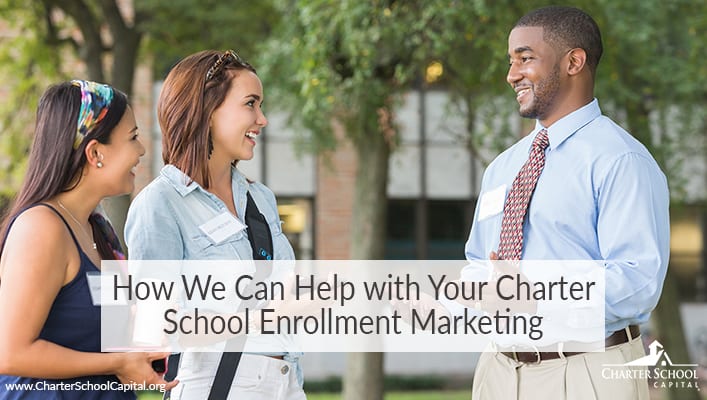
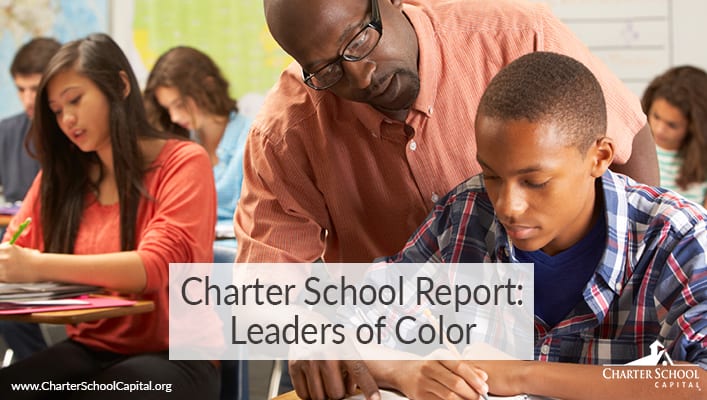

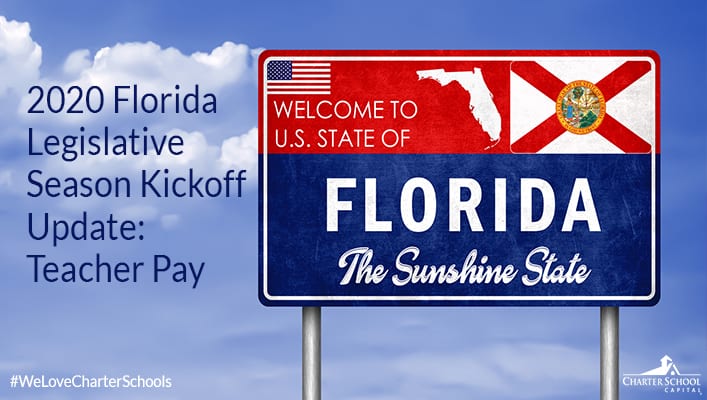 2020 Florida legislative season update: Could mean big things for teacher pay.
2020 Florida legislative season update: Could mean big things for teacher pay. With the year ending, it is time to focus on where the 2020 California Legislature may go on charter schools next year. This year, we saw the passage of AB 1505 and AB 1507 which changed the way that charter schools will be approved and renewed. The bills also put major restrictions on non-classroom based charter schools including a two-year moratorium on their authorization. Finally, AB 1507 placed new limits on where these charters can locate and where they can have resource centers.
With the year ending, it is time to focus on where the 2020 California Legislature may go on charter schools next year. This year, we saw the passage of AB 1505 and AB 1507 which changed the way that charter schools will be approved and renewed. The bills also put major restrictions on non-classroom based charter schools including a two-year moratorium on their authorization. Finally, AB 1507 placed new limits on where these charters can locate and where they can have resource centers.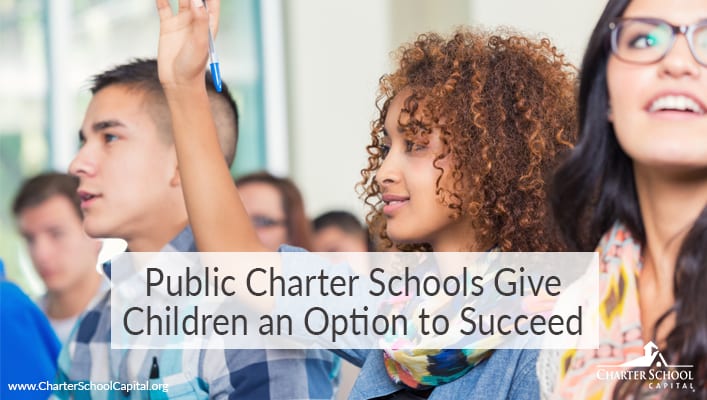 Public Charter Schools Give Children an Option to Succeed
Public Charter Schools Give Children an Option to Succeed